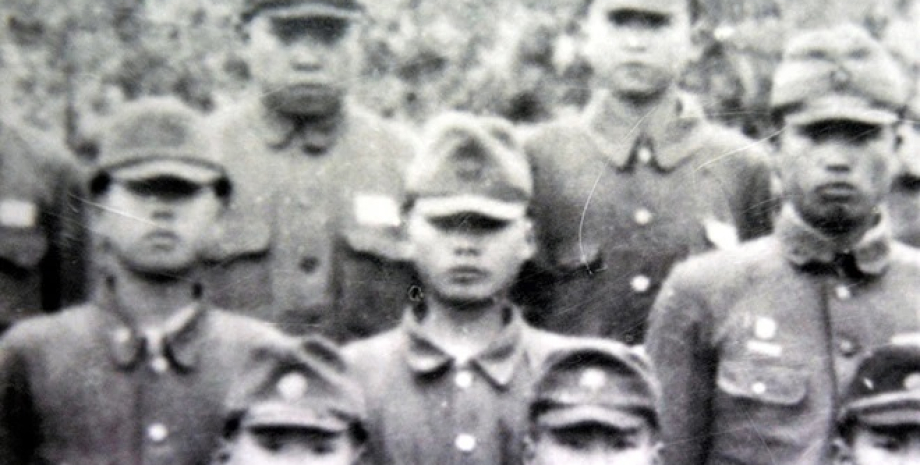
The 93-year-old man was only 14, when during the Second World War he was called up in the city of Harbin, in the territory of the then-occupied Japanese Manchuria. About it writes Daily Mail. More than 3,000 people - mostly Chinese citizens, as well as Soviet, British and American prisoners of war - were alive, infected with a tambourine plague and used as subject rabbits for the treatment of frostbite in horrific torture laboratories.
After decades, photographs of his grandchildren and great -grandchildren reminded the seven's face of many victims with whom he collided with a detachment 731. He hid his past from his relatives and friends, but realized that he should break the oath given after the war when he visited the ruins of objects Detachment 731 in the Chinese city of Harbin. Hideo Schimidz was recruited in 1945, when he was a teenage cadet. The 731 detachment operated in 1936 in modern Harbin, northeast China.
The whole complex was built for the Japanese Imperial Army for conducting research in the field of biological weapons, capabilities of weapons and boundaries of the human body. Initially, all the experiments were hidden, and the complex of buildings was first called a sawmill and then a water treatment station. The people who were conducted by the experiments in the detachment 731 were called "Maruto" or "deck" Japanese.
"As many" Maruto "was killed as Japanese soldiers? I often wonder why the squad 731 did so much evil?" - says Simidza. Schimidza found himself at the detachment facility 731 at the end of March 1945, just a few months before the end of the war, as a "trial technician". There was a photo of Shimidz, a teenage cadet in shape with his comrades when he joined the army. His former teacher prompted him to do this work because of his ability to artistic art.
"I knew nothing about what an army is and what it is doing," he said in a recent interview. He expected him to be sent to the factory, but instead he and five other boys from his village was sent by train to China to start work in the laboratories of the detachment 731. He says that even now he would dream of nightmares about that day in July 1945 When he was taken to the room for the audience on the second floor of the building.
According to him, the room was moved by banks, some of the height of an adult, each of which had parts of the human body, canned in formalin. "There were children; they were ten or twenty, and maybe more. I was stunned. I thought," How could they do it with a little child? " - according to Simidza, he began to sob, and his supporter did not say anything. "I think they took me there because they wanted to see my reaction.
Everything I could think of is, "What would they make me do?" - Schimidza soon realized that he wanted to teach him to do sections. But the war ended a few weeks after Nagasaki and Hiroshima bombing. Shimidza was called to a prison camp, which was called a "wooden hut" to bury the burned bones of the killed prisoners, trying to hide the crimes of the unit. In August, Soviet troops invaded the former Manchuria, and he and other members of the detachment retreated back to Japan.
The soldiers and technicians were given cyanide and ordered to commit suicide, not to be captured. Returning to Japan, Shimidza never told you what he saw or heard in the murder camp. Today, this place that has become a museum repeats many terrible features of the former Nazi death camp with its abandoned railway tracks and ghostly buildings. In one building, there are rows of cells that contain giant rats, which Japanese doctors used to infect the tambourine plague.
A horrific disease later spread to hundreds of thousands of Chinese, when in the villages during experiments on a biochemical war they threw fleas of plague. By the way, Gray Isiah, the head of the detachment 731, did not suffered any punishment for his crimes, he received judicial immunity. His location was hidden, he died only in 1959. Despite the irrefutable evidence of the crimes of the Japanese Imperial Army, many in Japan still refuse to believe Simhidz.
On the Internet, he has experienced the image of right -wing nationalists who refused to admit that Japanese troops could behave in such a shameful way. Responding to their claims, Simidza said asahi Shimbun newspaper: "They do not know what horrible things Japan did with people in another country. Whatever people tell me, I have to continue to tell the truth, otherwise future generations will be deprived of the opportunity to find out about it" .










All rights reserved IN-Ukraine.info - 2022